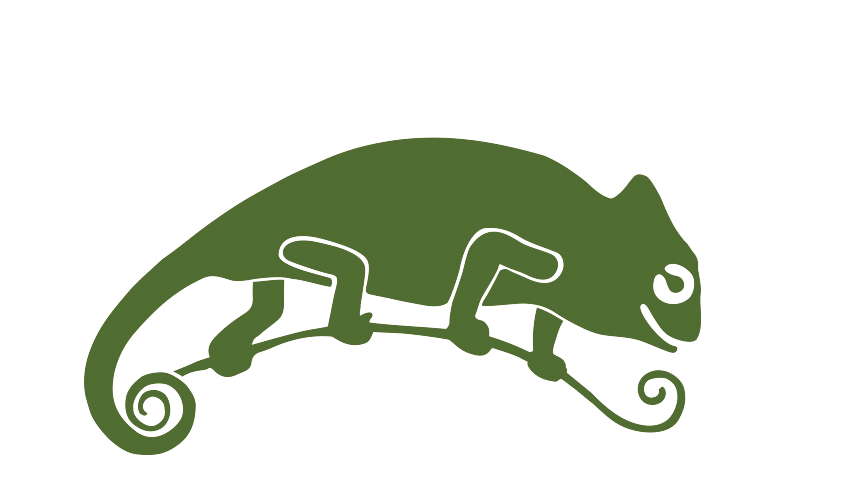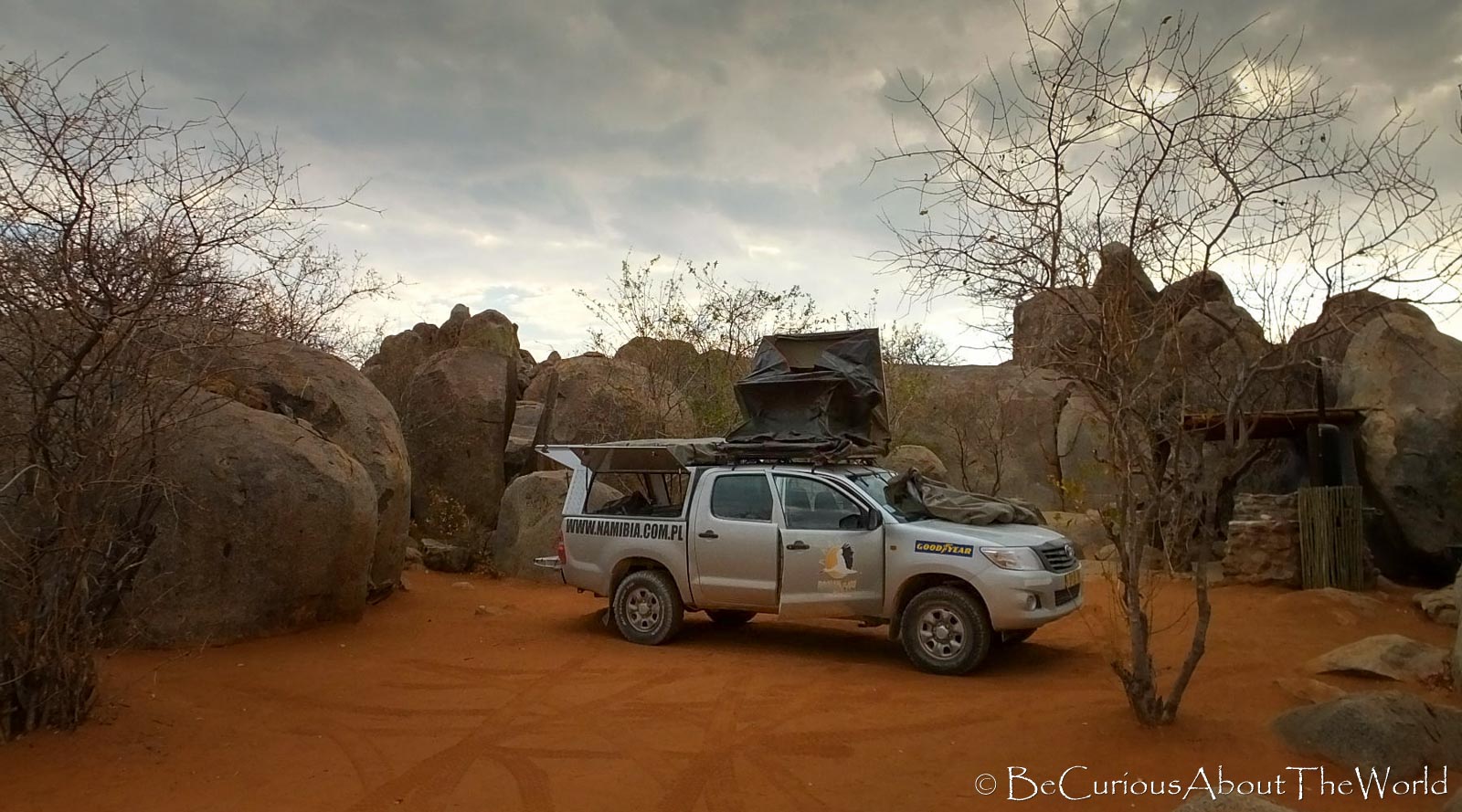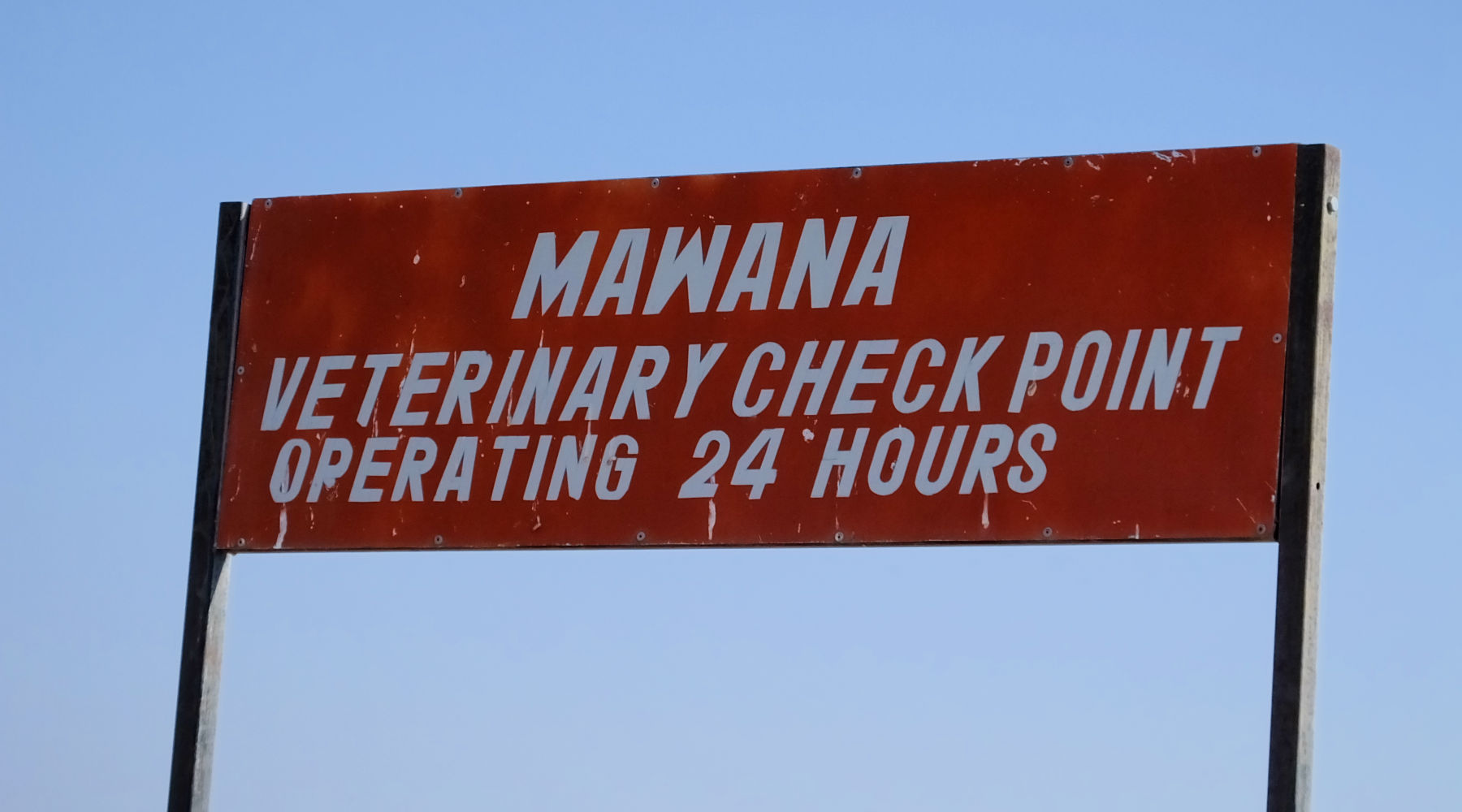Sometimes we don’t notice things which are obvious. The Moon just exists and “shines” and we aren’t used to think about it unless it is The Full Moon and we can’t sleep.
We also hadn’t been thinking too much about it to the time we spoke with Belgian guy travelling with his family. He came to us because he wasn’t able to answer the question of his child: “Daddy, why here in Botswana we can see a smile-like moon, but in our country it looks like a crescent? Where could we see the moon like a reverse smile?”. Oh yes! We should BE CURIOUS ABOUT THE WORLD like children are…
The Moon in the northern and southern hemisphere
Do you know that in the northern hemisphere a waxing crescent is a right crescent while an waning crescent is a left crescent, whereas in the southern hemisphere a waxing crescent is a left crescent while a waning crescent is a right crescent?
Strange? Let’s distinguish the view of The Moon from both hemispheres. If we take the people in the northern hemisphere as “right-side up”, then those in the southern hemisphere are “upside-down”.
Look at the picture below:
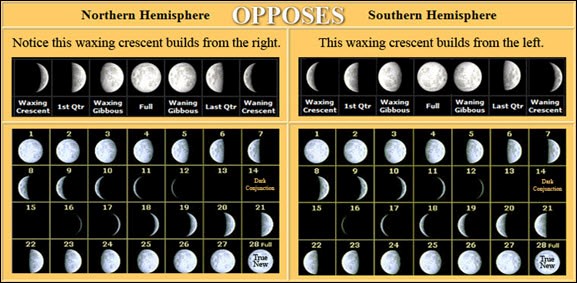
The Moon on the equator
The Moon seen near the equator is orientated differently to the way we see it at more northern or southern latitudes. It sometimes looks like a smile.
In places close to the equator the moon in first quarter has the shape of the letter n (inverted u) when it rises, and the shape of letter u when it sets, while the last quarter looks like the shape of letter u when it rises and the shape of the letter n (inverted u) when it sets.
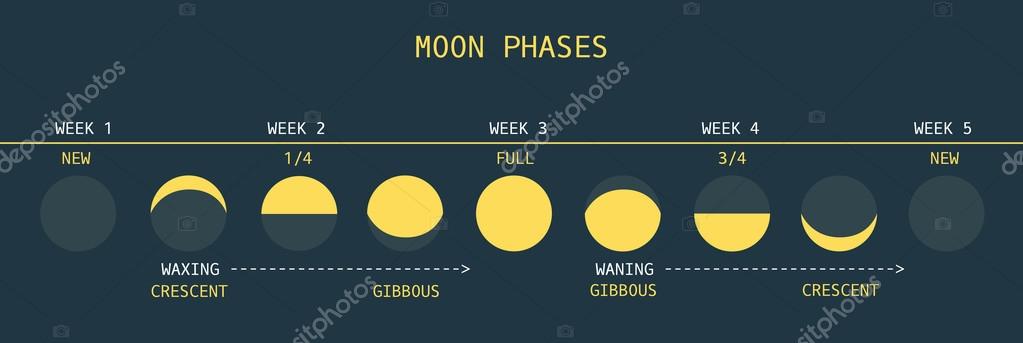
However, at first quarter, the moon rises at noon and sets at midnight. At 3rd quarter, the moon rises at midnight and sets at noon. That’s why it’s really hard to observe n-shape moon during the night, because it is rather visible during the day. Of course, rising and setting times are approximate, and vary depending on the time of the year and the place where we are.
Do you know more about it? Please, share with us.
